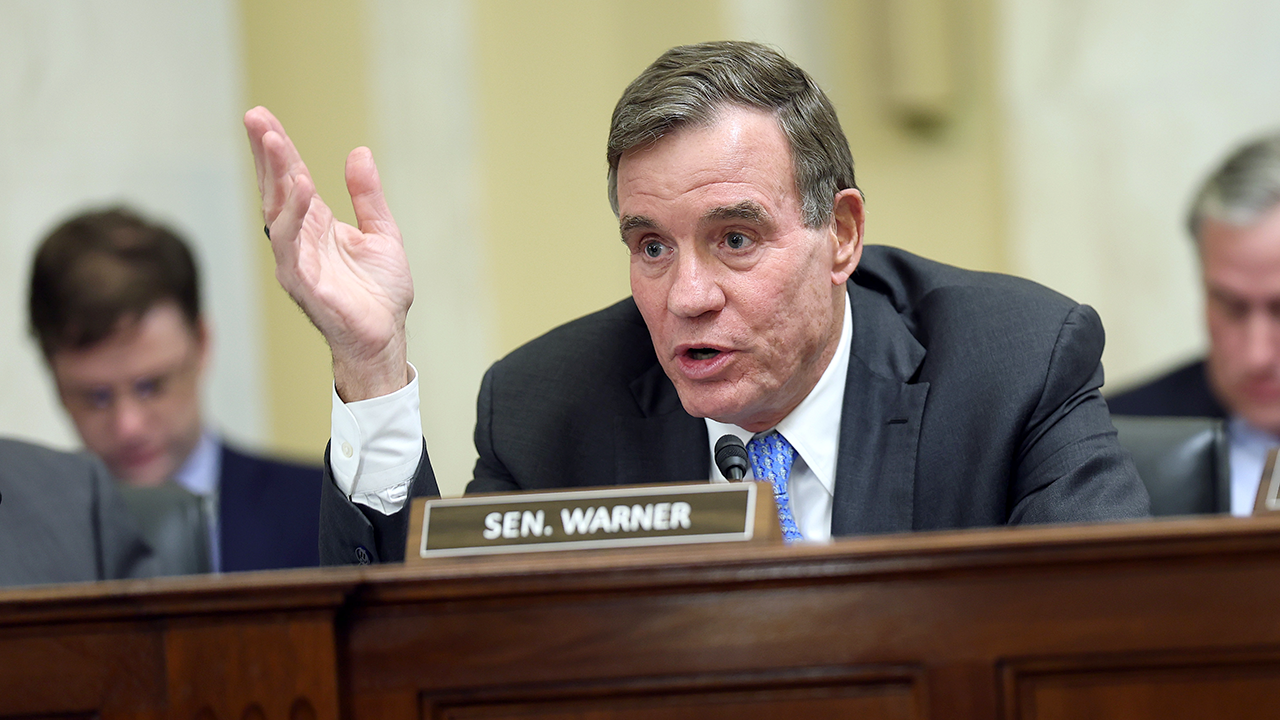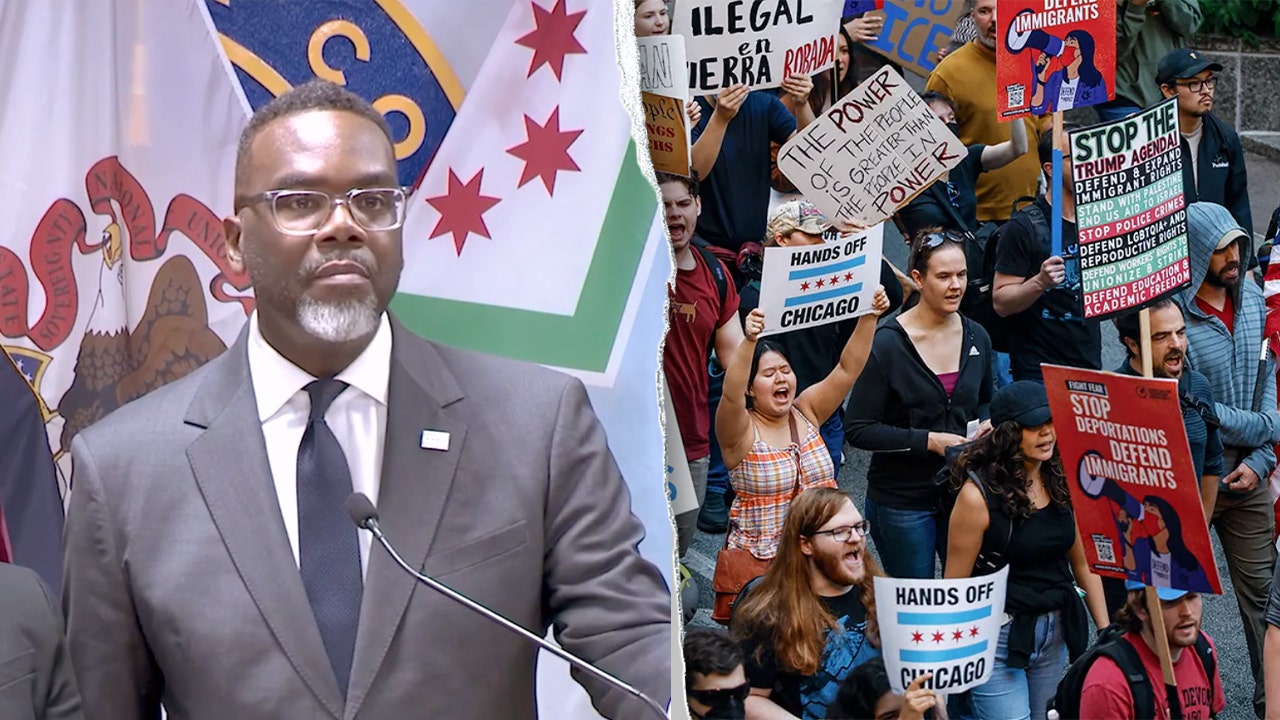HHS moves to reduce ‘bureaucratic sprawl,’ significantly downsize health agencies

Mass layoffs have reportedly begun in Health and Human Services agencies as part of a major restructuring effort aligned with President Donald Trump’s executive order, “Implementing the President’s ‘Department of Government Efficiency’ Workforce Optimization Initiative.” This restructuring aims to bring down the number of federal health employees from 82,000 to 62,000, leading to significant downsizing and merges within the department.
The department has been preparing for these major cuts in recent weeks, particularly focusing on reducing administrative costs and Diversity, Equity, and Inclusion (DEI)-related spending. HHS Secretary Robert F. Kennedy Jr. has been a vocal critic of the food industry, advocating for Americans to consume less processed foods.
According to the HHS, these layoffs are expected to save taxpayers $1.8 billion annually while streamlining the department’s functions to ensure essential services like Medicare and Medicaid continue without disruption. The announcement of the layoffs came last week, signaling a significant shift in the organization’s structure.
Several major agencies under the HHS are likely to see restructuring, including the Centers for Medicare and Medicaid Services (CMS), Centers for Disease Control and Prevention (CDC), Food and Drug Administration (FDA), National Institutes of Health (NIH), and others. The goal is to realign the organization with its core mission and new priorities in combating the chronic disease epidemic.
The plan involves reducing the number of HHS divisions from 28 to 15, creating the Administration for a Healthy America (AHA) to consolidate various agencies and eliminate artificial divisions between programs. Regional offices will also be reorganized from 10 to 5, with a new assistant secretary for enforcement established to combat fraud and abuse in federal health programs.
Addressing America’s chronic illness epidemic is a major focus of the restructuring, with an emphasis on promoting clean food, water, and air while eliminating environmental toxins. The CDC will gain additional authority by absorbing the Administration for Strategic Preparedness and Response (ASPR) to better handle national disasters and public health emergencies.
Former FDA Commissioner Dr. Robert Califf expressed concerns about the restructuring, stating that the FDA as it was known is now finished, with many experienced leaders no longer employed. He questioned how the new leadership plans to rebuild the organization and emphasized the importance of treating employees with respect during these changes.
As mass layoffs continue within HHS agencies, the department is undergoing a significant transformation to optimize its workforce and operations in line with the administration’s priorities. The restructuring aims to make the department more efficient, cost-effective, and focused on promoting public health and well-being.




